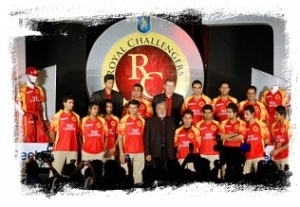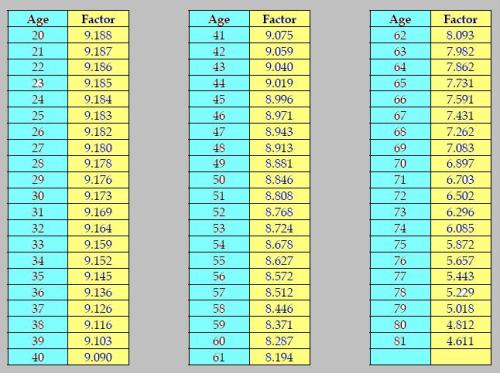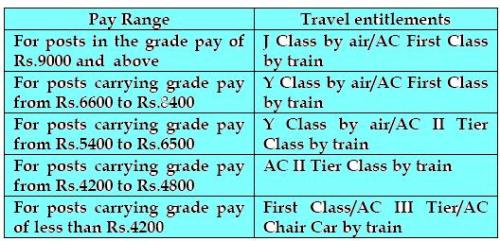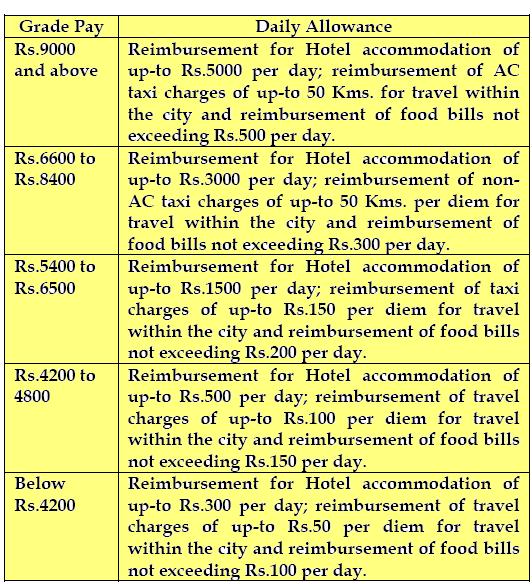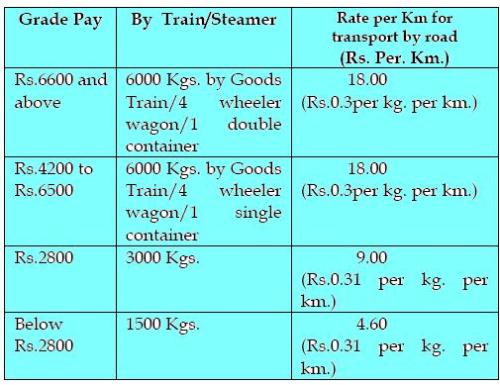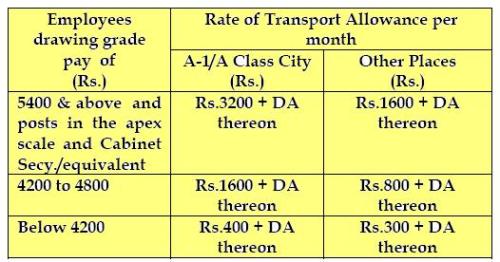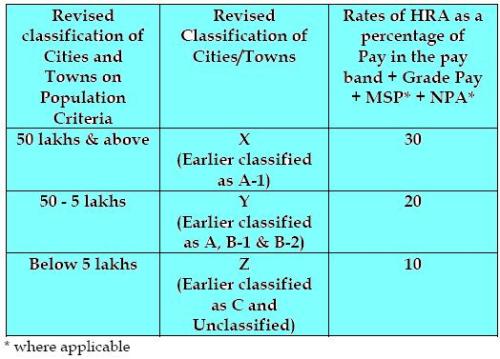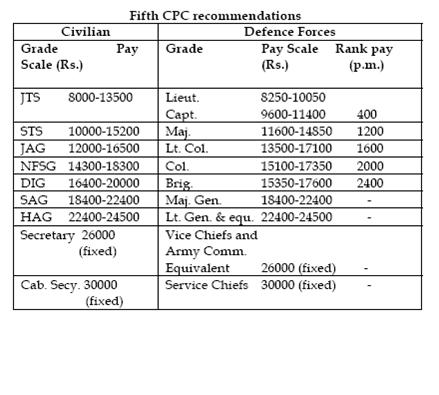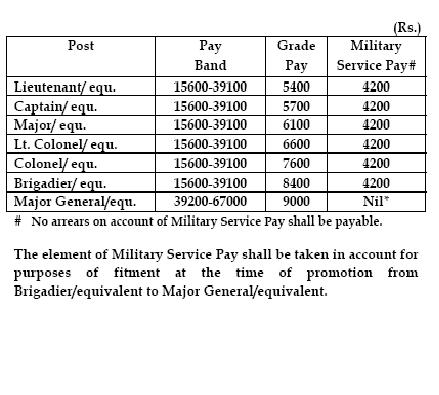There are some issues which Indian film makers have traditionally preferred to stay clear of. Same sex relationship is one such contentious issue which has remained untouched even by enterprising film producers and Directors for the reason that one can never be sure as to what would be the acceptance level for such a presentation by the multicultural Indian audience. At least on this count i.e. for venturing in an unexplored territory, the producer and Director of Dostana need to be complemented along with the two lead players Abhishake Bacchan and Arjun Ramphal. But that is the only count after which the appreciation ends.
The plot which unfolds in the movie is not connected with the acceptance or rejection of the concept or with sensitive portrayal of the issue involved. Off course this was not expected in a light hearted comedy film like this one but still the manner in which the issue has been dealt with throws up a host of questions.
As the story proceeds, the two lead male characters have to pretend to be gay for getting to rent an apartment which was open for hiring only for females. The property owner permits them to stay as tenants only after they pretend to be gay (and thereby are considered to be harmless to other female inmates in the same house and accepted as tenants !).
Countless heroes and heroines have tackled the issue of changed identity for short term gains in HIndi movies. Oldest example being that of Ek Phool Char Kante where Sunil Dutt had to play different roles to impress the four uncles of his lady love for securing her hand. Close by Kamlahasan came up with appreciative portrayal of a house maid in Chachi 420.
But Dostana overflowing with gloss and glamour but lacking the class and intellectual content of these films while trying to give one laughter a minute, mauls the subject of same sex relations with an approach which is rather painful for a sensitive audience. After watching the film the question which comes to mind is what right did the film makers have for presenting the same sex oriented males as buffoons, pathetic and despicable characters salivating over male honchos. Is there an awareness over the hurt which the portrayal would cause to the image of males who are trapped in a body which is naturally inclined towards such relationships. . At a time when people are getting bold enough to openly come out with acceptance of this concept, the irresponsible image of same sex relationship which the film throws up seems quite out of sync with the changing times.
On the other hand imagine the plight of that class of audience which has different views and which finds the concept of same sex relationship revolting and unacceptable. The film shows similar contemptuous attitude towards this category of filmgoers.
The Director did not wish to let go a single opportunity for giving subtle hints of homosexuality in shot after shot climaxing in the male to male kissing scene between the two lead players . Horribly enough., the suffering of the viewers does not end even thereafter as the female lead character Priyanka Chopra asks an absolutely unnecessary question as to whether the two characters developed some feelings for each other after the kiss.
The movie while trying to cash on the tiltating influence of this sequence on the viewers for whom the act might have been pleasing or comical totally ignores the viewers with opposite mindset who would be definitely disgusted at the level to which art of film making has declined.
The film shot in foreign settings may have appeal for youngsters or NRIs due to their exposure to such situations .Yet even amongst such viewers the generation which has grown up with comedy films of Rishi Da and Gulzar may feel that Indian films churned out by Directors of this genre have nothing to offer for us old men.


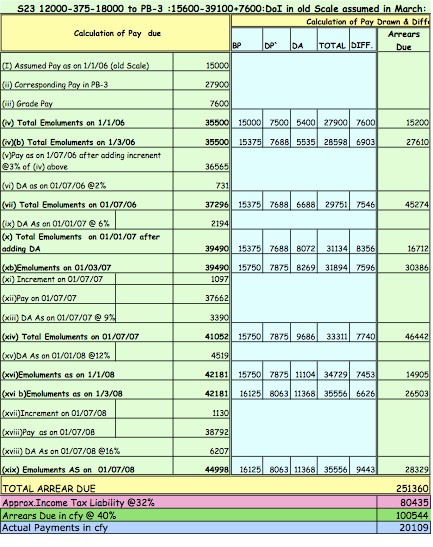



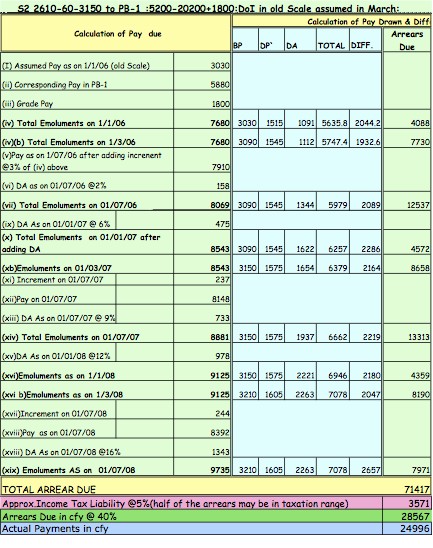
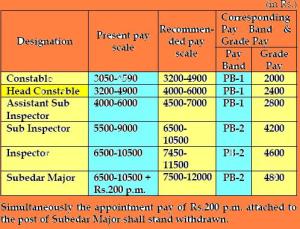
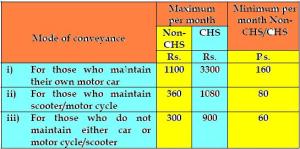




 respective sides .The march up to the semis has not been without some controversies as well as some hilarious developments. The first controversy interestingly related to a non sport event. The cheer girls from foreign soil hired at a huge cost were the first target of criticism for the outfits which some found against our cultural heritage. To add to their sorrow a famous film star dubbed them as “nachaniya” (dance babes). The girls however hardly lost any cheers and adorned some extra covers to their eye catching costumes to silence their critics.
respective sides .The march up to the semis has not been without some controversies as well as some hilarious developments. The first controversy interestingly related to a non sport event. The cheer girls from foreign soil hired at a huge cost were the first target of criticism for the outfits which some found against our cultural heritage. To add to their sorrow a famous film star dubbed them as “nachaniya” (dance babes). The girls however hardly lost any cheers and adorned some extra covers to their eye catching costumes to silence their critics.
 While the tournament was still recovering from the slap effect and baby Sreesanth’s tears had started drying up , the media started another whisper campaign about emotional response of a team franchisee about selective hugging of good performers based on their nativity. The allegedly class based welcome invited sarcastic responses. The bewildered franchisee thereafter had to contend the team members with a toned down welcome note on return to pavilion after a good knock.
While the tournament was still recovering from the slap effect and baby Sreesanth’s tears had started drying up , the media started another whisper campaign about emotional response of a team franchisee about selective hugging of good performers based on their nativity. The allegedly class based welcome invited sarcastic responses. The bewildered franchisee thereafter had to contend the team members with a toned down welcome note on return to pavilion after a good knock.

 When anti corruption staff (??) checked his intrusions in player’s area King Khan aggressively protested and also dispatched (leaked to media) an adieu SMS to his team announcing his withdrawal from the playfield till "he learnt rules of the game " (completed bollywood commitments ???) . The organizers had to come down with systematization of the process. But by that time Dada’s gang already appeared to be riding into the sunset notwithstanding the support from the faulty and fading lighting system at Eden Gardens.
When anti corruption staff (??) checked his intrusions in player’s area King Khan aggressively protested and also dispatched (leaked to media) an adieu SMS to his team announcing his withdrawal from the playfield till "he learnt rules of the game " (completed bollywood commitments ???) . The organizers had to come down with systematization of the process. But by that time Dada’s gang already appeared to be riding into the sunset notwithstanding the support from the faulty and fading lighting system at Eden Gardens.